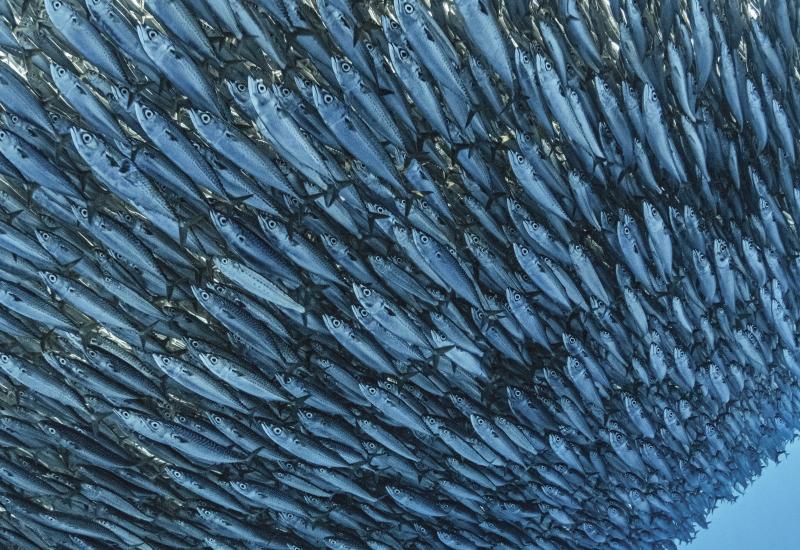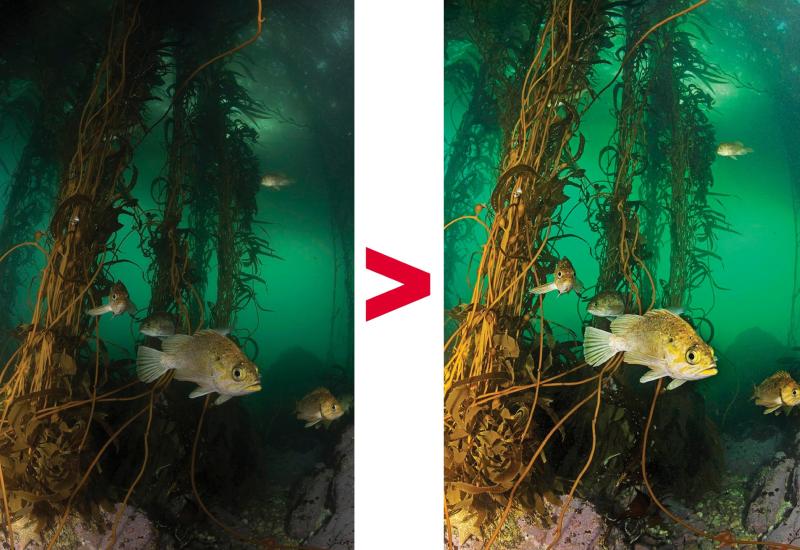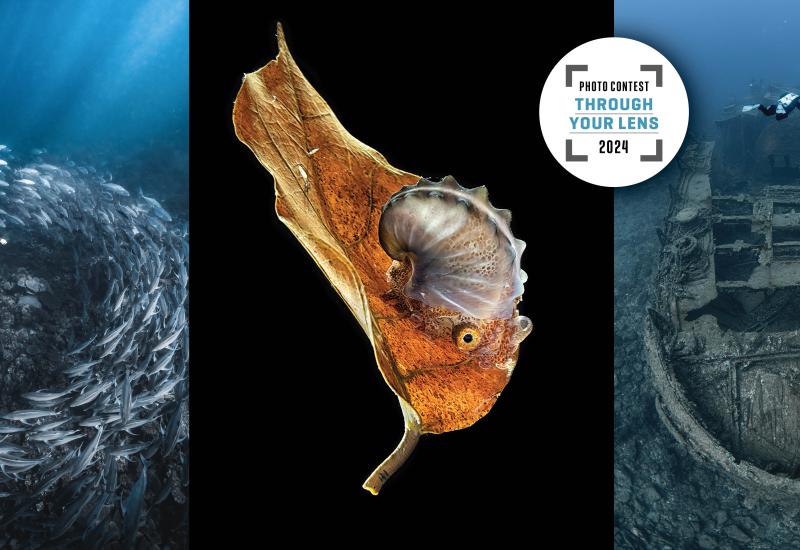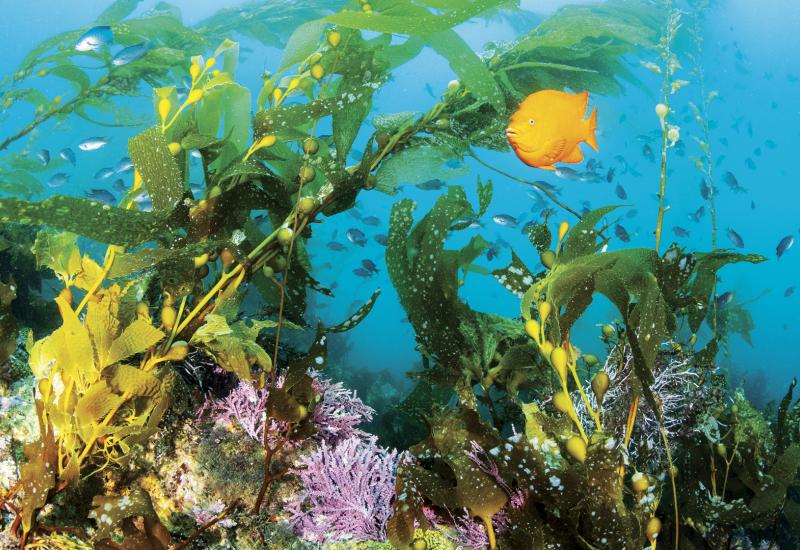How to Photograph a Clownfish
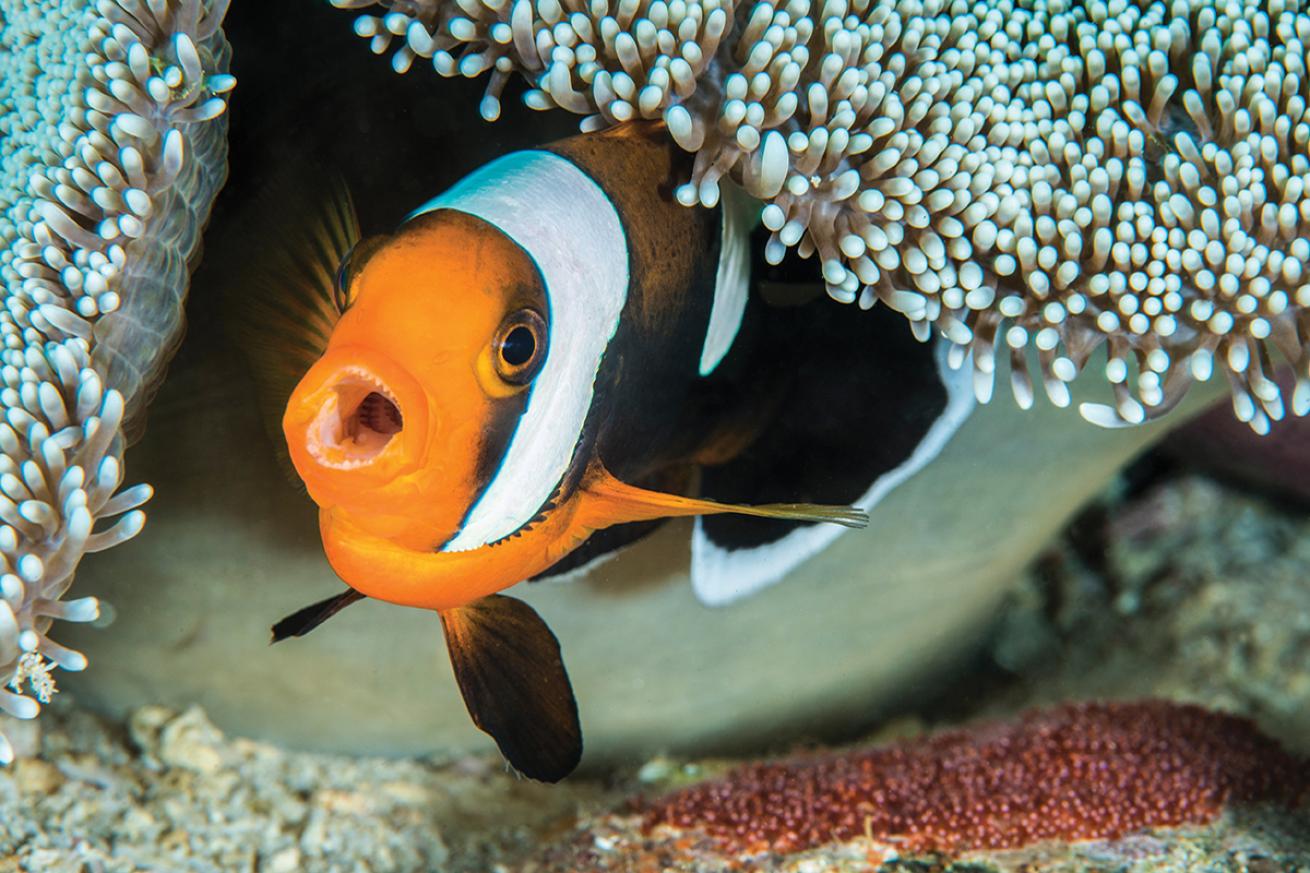
Alex MustardAnemonefish with eggs are more confident and pose repeatedly in the same place. Time your shots to catch a territorial bark, like this.
"Surely you don’t still photograph clownfish?” It’s a question I am often pitched by photographers who join my workshops. Anemonefish are so popular they’re often thought of as a beginner’s subject that serious shooters should have progressed beyond. This is far from the truth.
Yes, these reef residents of the tropical Indo-Pacific are cute, colorful characters that stay in one spot, making them straightforward to photograph. But getting standout pictures of them is much harder.
Anemonefish photography has the same challenge as photographing young children: You can see a great shot, but the subject never stays still long enough to allow you to compose, focus, expose and capture it in camera.
The lesson: To get a perfect picture of Nemo, you need to make them a priority subject and dedicate proper dive time.
TIP 1: Right Choices
I always start by choosing the right anemone, only becoming interested when I find a particularly pretty one. Many anemones are drab, with brown sausage-shaped tentacles, but among them are supermodels, with poster-colored skirts and eye-catching tentacles.
A balled-up anemone is particularly prized, most commonly found when ambient light levels are low, at either end of the day or during rainy weather. Whenever you find a balled-up anemone, take a quick snap with strobe to check the color—often they look quite different when you light them.
Finally, anemones bleach in hot conditions, turning completely white, which is both highly photogenic and carries an important environmental message.
Worldwide, there are 28 species of anemonefish; some are widespread, some very localized. Some regions may have just one species, while in others (notably in the Coral Triangle) you might find seven or more on a dive.
For winning shots, I suggest concentrating on the most attractive anemonefish to your eye, and within those species, the most photogenic individuals. Youngsters are often especially cute (although typically aren’t related to the adults in the anemone). In all portraits, good eye contact with the subject is essential. With anemonefish, if their body color is too dark, their dark eyes—and thereby the eye contact— tend to get lost.
Some species can be shy, while others can be aggressive to the point of trying to bite if you approach too close. Most are willing subjects, especially when they are guarding eggs and are more likely to stare out confidently from the edge of their host anemone.
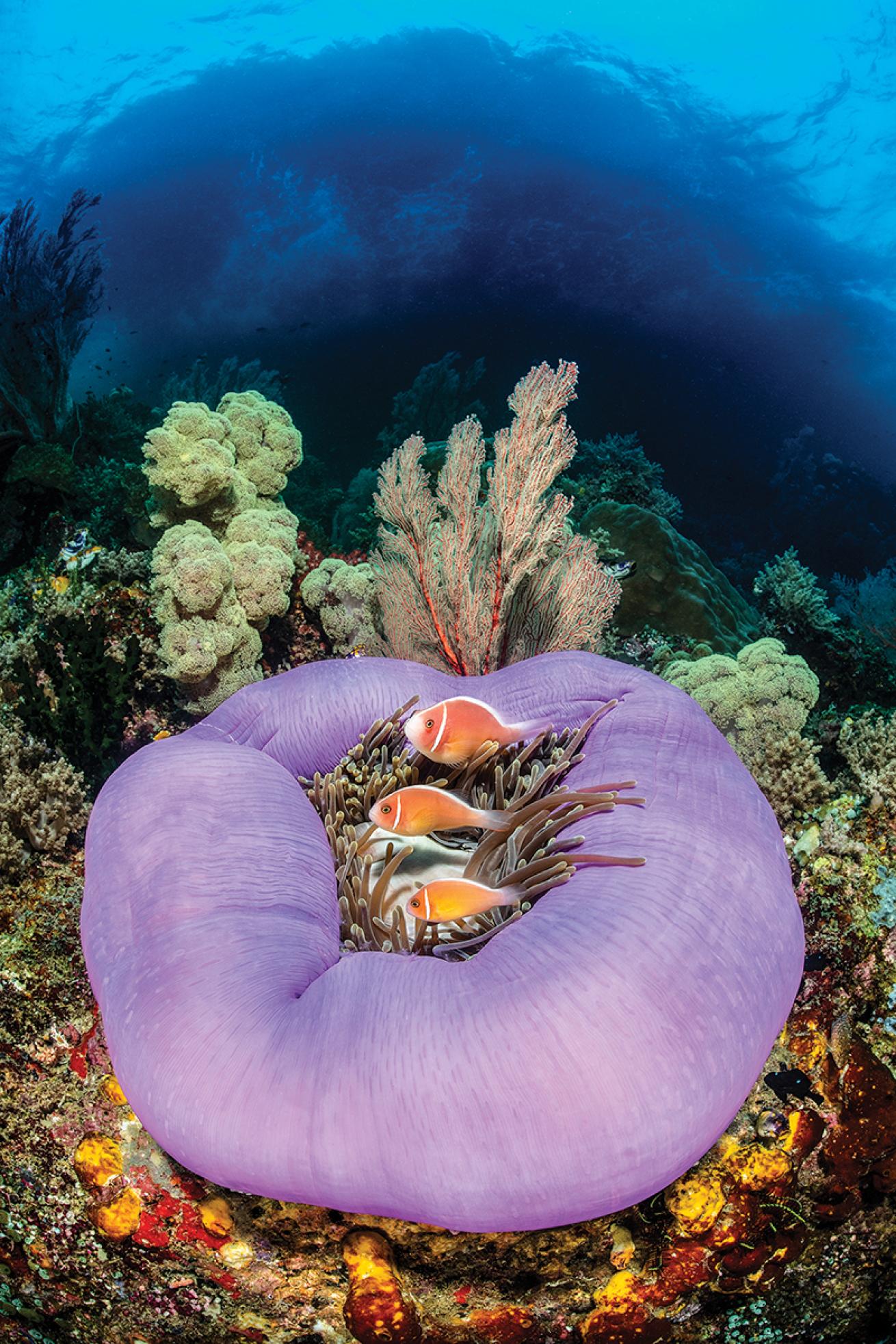
Alex MustardAn attractive anemone is the cornerstone for any memorable anemonefish photo, in both wide angle and macro.
TIP 2: Best Behavior
Anemonefish antics are endless, and yield plenty of photographic opportunities. The trick to snapping all of these is not to race in close for portraits, but to keep your distance and let their natural behavior continue. Look out for them chasing other fish away from their home, particularly species like butterflyfish, which feed on anemones.
They will defend their home against all comers, including photographers, by barking a warning, opening their mouths and revealing their teeth, injecting a lot of character into any portrait. Anemonefish have a strict hierarchy, and they bark, chase and occasionally fight to maintain their status.
Another favorite shot comes if the anemonefish is carrying the gruesome isopod tongue parasite, which infects many Southeast Asian anemonefish. If you see an anemonefish pouting, check inside its mouth for the telltale eyes of the parasite. Many of the shrimps that cohabit in the anemone will act as cleaners for the fish, although you need to keep your distance because a close approach always disrupts the behavior.
Anemonefish mate, like their relatives the damselfish, by laying eggs on the reef. It is common to see anemonefish guarding eggs, which usually hatch in about a week. The eggs start off brightly colored and become increasingly silvery with age, with the eyes of the young becoming ever more obvious. Anemonefish will guard and care for their eggs, mouthing the eggs to clean them and fanning water with their pectoral fins, all of which make for strong behavior images.
Anemonefish eggs also make great photos, especially with species like saddlebacks, which lay them out in the open for easier camera access. Try shooting them at a high magnification, totally filling the frame with eggs while opening your camera’s aperture much more than usual, which will record a thin sliver of the eggs in focus, surrounded by a dramatic bokeh of circles. This shot is most effective with eggs that are close to hatching, where the young have clearly developed eyes.
Another important consideration is shutter speed. Fast shutter speeds freeze movement but leave us with a black-water background. Slower shutter speeds render attractive blue water that looks great with the warm colors of the fish, but cause blurring from the fish’s white bands. One solution is to work at a higher ISO, or alternatively use rear or second curtain flash sync, because it ensures that this blurring goes backward from the band rather than forward, which obscures the eye.
My final message:
Get creative. Clownfish might be the most photographed type of fish in the world. They are also one of few fish that just about everyone in the world can recognize. This gives us the photographic freedom to innovate, and try to find a new take on this classic subject.
More Underwater Photography Tips:

